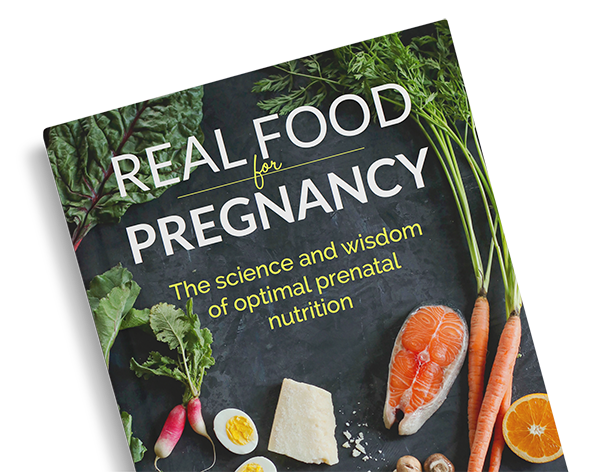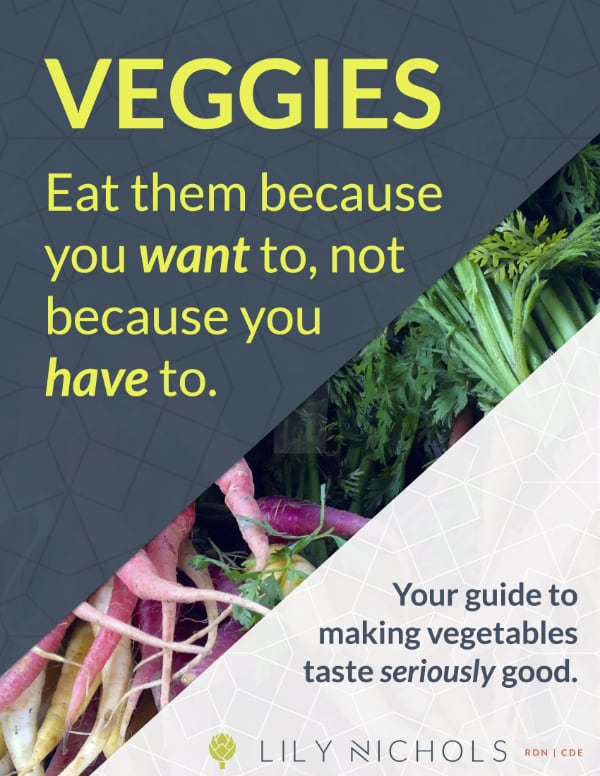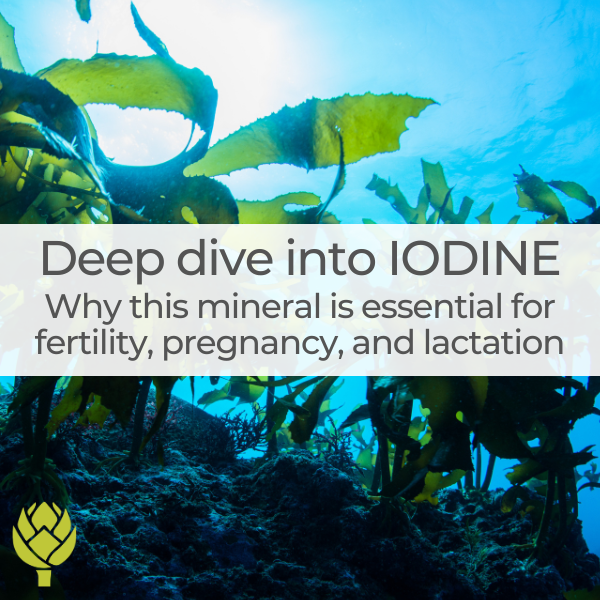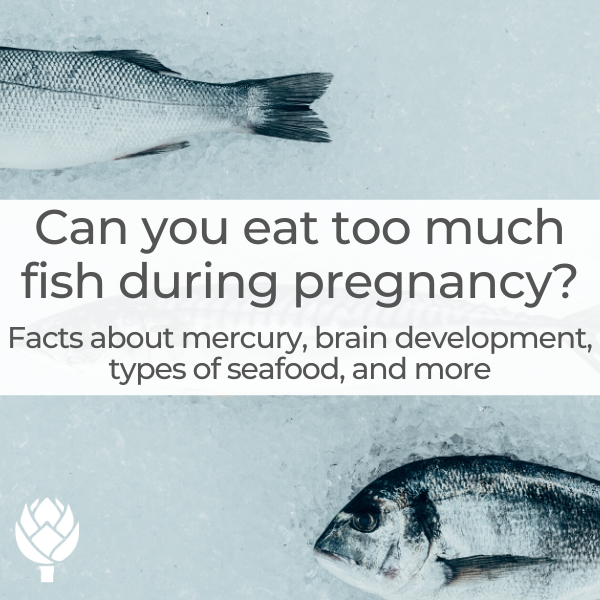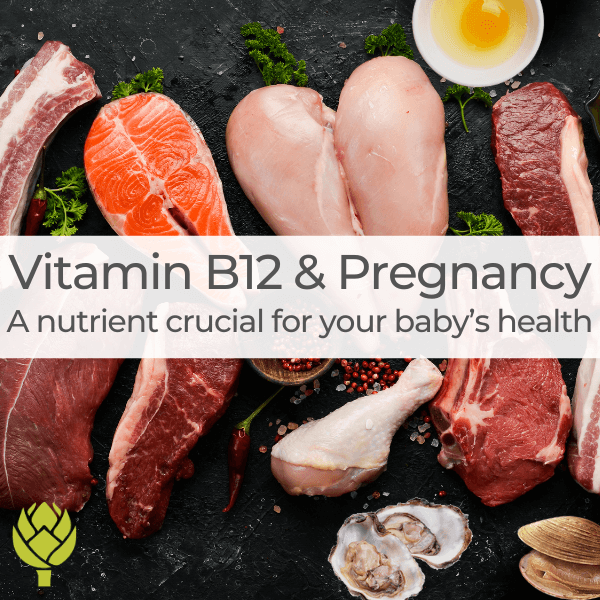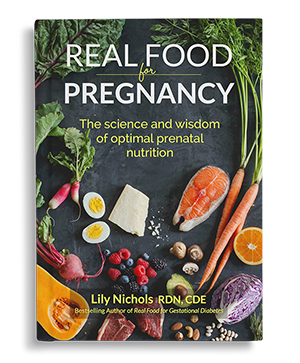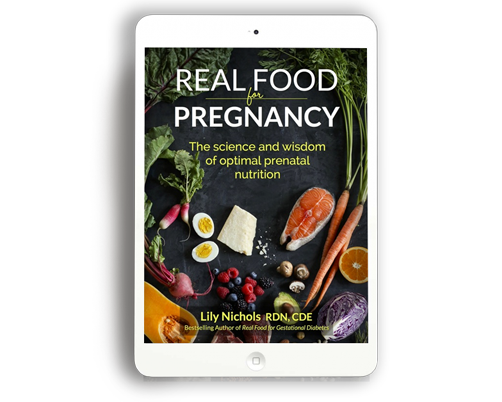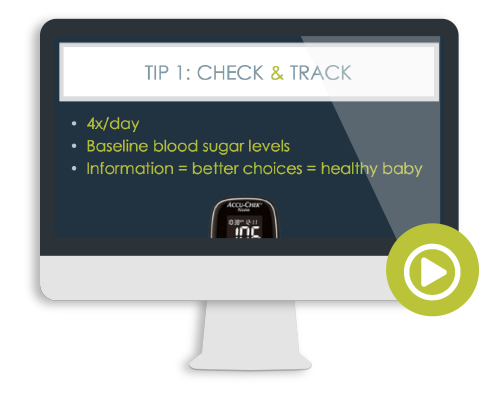Winter.
It can be beautiful.
It can also be a royal pain in…the face.
You heard me right. With cold outdoor temps, most of us have the heat cranked up and that means the air is dry as a bone. If you’re into winter sports (or if leaving your house to check the mail is a winter sport in itself… Hello, I’ve lived in Alaska. I get it.), harsh winds and sub-zero temperatures take their toll on your rosy cheeks.
Maybe your hands are even worse off. During flu season, you’re probably (hopefully!) washing them more often, stripping off the natural oils and leaving them prone to dryness.
If you’ve been wondering what you can do to help your skin stand up to Old Man Winter, I’ve gotta tell you: it’s not just about slathering on more lotion and creams. There are a bunch of real foods that can help heal your dry winter skin from the inside-out.
Drum roll, please?
7 Foods to Heal Dry Winter Skin
1. Mushrooms
One of the ways your skin maintains its moisture (or as researchers call it, “barrier function”) is through special lipid molecules called ceramides. Ceramides help to hold skin cells close together, creating a protective layer that retains moisture and plumps the skin.
You can think of your skin as a brick wall with skin cells acting as “bricks” and ceramides acting as “mortar.”
Many nutrients are involved in the synthesis of ceramides, but one of particular importance is vitamin B3, also known as niacin. (Clinics Dermatol, 2010) Mushrooms are one of the richest dietary sources of this vitamin with 1 cup supplying about 20% of your daily niacin needs.
Try some sauteed mushrooms alongside dinner or consider sneaking them into some grass-fed beef meatballs.
PS – Liver is also an excellent source of niacin. (Grass-fed beef liver pate anyone?)
2. Coconut Oil
I remember when I first started cooking with coconut oil. I could only find it at Whole Foods and there was one (read it: ONE) brand to choose from. A decade and a half later, even Walmart carries a selection of coconut oil. My, how far we’ve come!
Coconut oil is rich in a special type of fat called lauric acid. Lauric acid is naturally antimicrobial, meaning it helps your skin stay free of infections and irritation caused by yeast and unwanted bacteria. (J Lipid Research, 2008)
If your skin is easily irritated or prone to breakouts, consider including more coconut oil in your diet. It’s one of my favorites to cook with (and if you haven’t already, it’s definitely time to replace your “vegetable oil” with coconut oil)!
Plus, coconut oil makes a great lotion that, I assure you, will not clog your pores. It’s been my moisturizer of choice for many, many years now.
3. Bone Broth
Yep, I’m gonna pull the bone broth card again. Bone broth has gained a mass following for a reason: This stuff is amazing. Grandma had it right when she saved the bones, skin, and leftover bits from roasts to make broth.
It’s not only delicious, but a rich source of gelatin and collagen proteins. You’ve undoubtedly heard about people putting on expensive collagen creams to try to plump their skin and reduce the appearance of wrinkles. Eating bone broth is a way to get the same benefits from the inside out.
Ingestion of collagen protein has been shown to strengthen the skin, reduce transepidermal water loss, and increase the water content in one layer of the skin called the stratum corneum. (Biochem Biophys Res Comm, 2015)
Here’s my method for making bone broth.
If you’re not a fan of bone broth, you can get some of the benefits by consuming gelatin or collagen protein directly, like I use in my Tart Cherry Gummies.
4. Citrus
Oranges, grapefruit, lemon, lime, clementines… Perhaps there’s a reason citrus is ready for harvest in the winter months? These vitamin C powerhouses can help keep your skin supple. That’s because vitamin C is known to stimulate “protein kinase C”, an enzyme that helps control skin cell function, and increase the synthesis of certain skin ceramides (remember, those are the “mortar” that holds skin cells close together). (Clinics in Dermatology, 2010) Vitamin C is also key to the synthesis of collagen within your skin.
It should come as no surprise that folks with the highest vitamin vitamin C intake tend to have fewer wrinkles and be less likely to suffer from dry skin (plus, their skin tends to look better, overall, as they age). (AJCN, 2007)
Just do me a favor and eat the whole orange and skip the orange juice!
5. Grass-fed Beef
Certain essential fatty acids, found in abundance in grass-fed beef serve as structural components for your cells (fancy terminology: they support your stratum corneum permeability barrier or SCPB). Your SCPB serves as a barrier to keep water in and keep harmful stuff out. (Anatomy & Embryol, 1988)
Beef is also super rich in zinc, a mineral that’s found in multiple layers of the skin and helps stabilize your cell membranes. (J Nutr, 2000)
If you’re open to it, consider tough cuts of beef, like roasts, where you’ll reap the additional benefits of collagen and gelatin (as described in the bone broth section above). All the chewy and sinew-y bits cook down into the most tender stew absolutely packed with skin-boosting nutrients.
Wondering why I specify grass-fed beef? Here are 7 reasons grass-fed beef is worth the money.
6. Broccoli (& Other Cruciferous Veggies)
Broccoli is a symbol of health for a reason. This veggie packs in surprisingly high amounts of vitamin C, which as I’ve already reviewed, is crucial to healthy skin. In addition, broccoli – and its cruciferous cousins, cauliflower, kale, Brussels sprouts, cabbage, etc – are excellent sources of sulfur. Sulfur, in conjunction with vitamin C helps regulate collagen formation.
Boring ol’ broccoli deserves a better rap. Try it roasted to up the flavor, like my recipe for lemon roasted broccoli or balsamic glazed broccoli.
You should know that cooking can reduce levels of both vitamin C and sulfur, so consider including some raw cruciferous vegetables into your diet. One of my favorites is tangy coleslaw.
(You’re more than welcome to enjoy some raw broccoli, but for me, it’s way too hard on my digestion to do regularly. Also, excessive intake of raw cruciferous vegetables isn’t good for your thyroid, as it can inhibit iodine absorption, so tread lightly here and aim for a combo of cooked and raw in your diet.)
7. Wild Salmon
Nutritionists everywhere recommend cold water fish as the best source of omega-3 fats. Why? That’s because these fats stay liquid at sub-zero temperatures, meaning the fish can survive and thrive in cold environments. If you want your skin to hold up to cold winter temperatures, it’s wise to have wild salmon on your menu regularly.
Long chain polyunsaturated fats, like the omega-3s found in wild salmon, have been shown to keep moisture in your skin whereas deficiency can cause dry skin (or as researchers like to term it, “polyunsaturated fatty acid insufficiency increases transepidermal water loss”). (Archives of Dermatological Research, 2000)
Need some salmon recipe inspiration? Try my wild alaskan salmon cakes (they’re grain-free) or salmon ceviche.
Cheers to healing your dry winter skin with real food!
Hopefully your skin can catch a break this season. If you’ve been suffering with dry winter skin, try incorporating these 7 foods into your diet and see what happens. Sometimes it takes a few weeks for you to see improvement, so stay the course and be patient.
At the very least, it certainly won’t hurt the rest of your body to eat more of these nutrient-dense foods!
If you’ve healed your dry winter skin with real food or have other skin tips we should know about, share it in the comments below!
Until next week,
Lily
